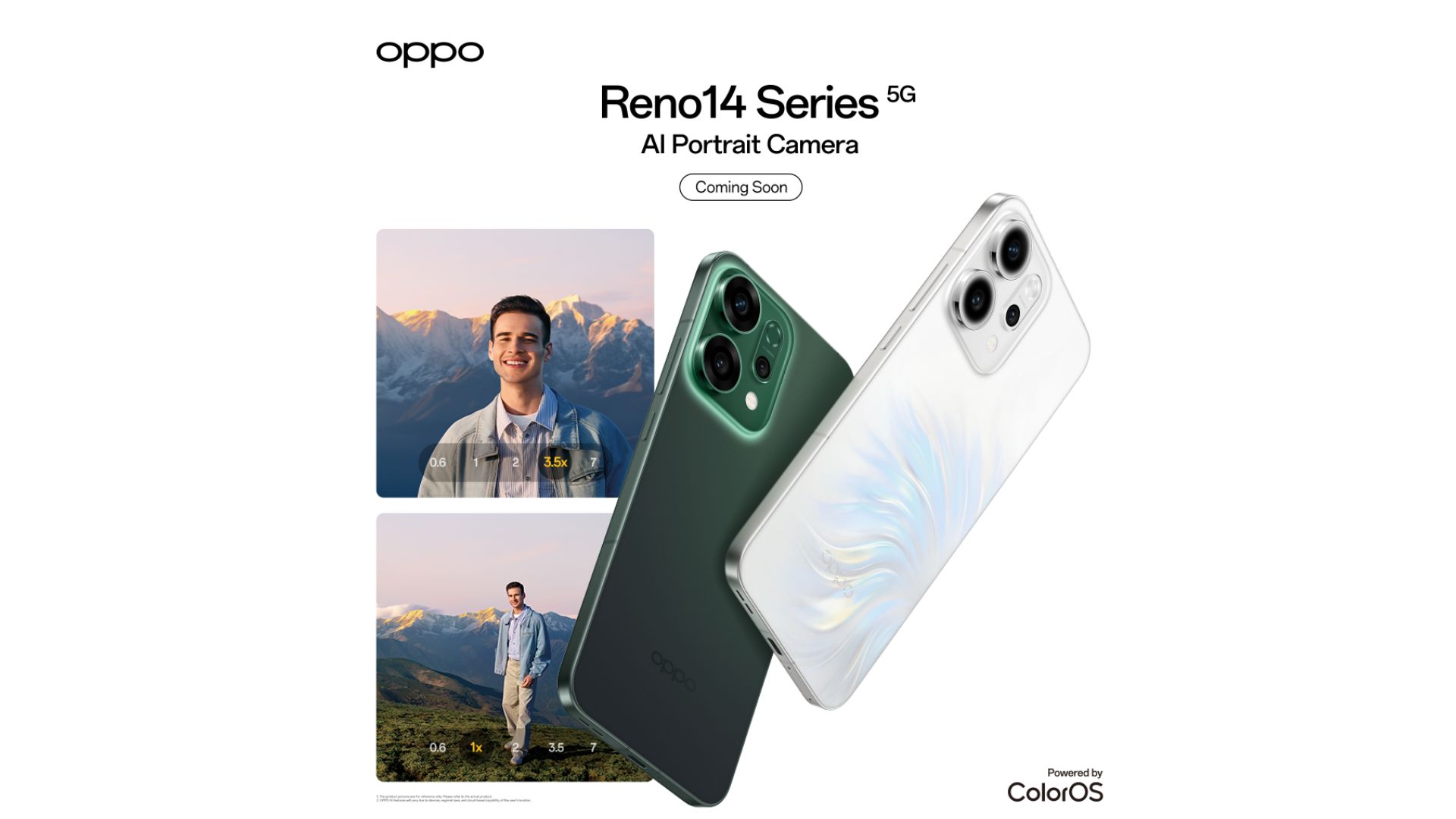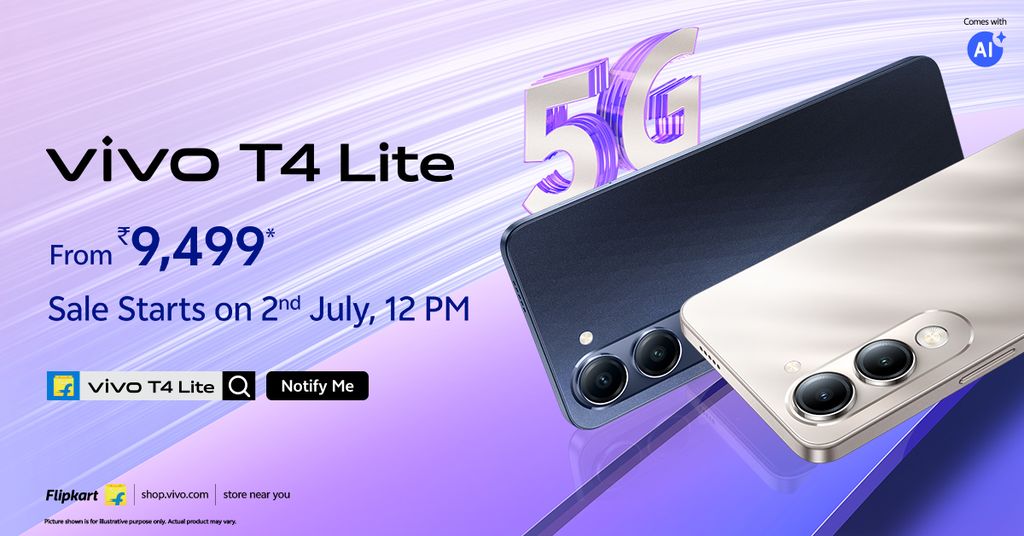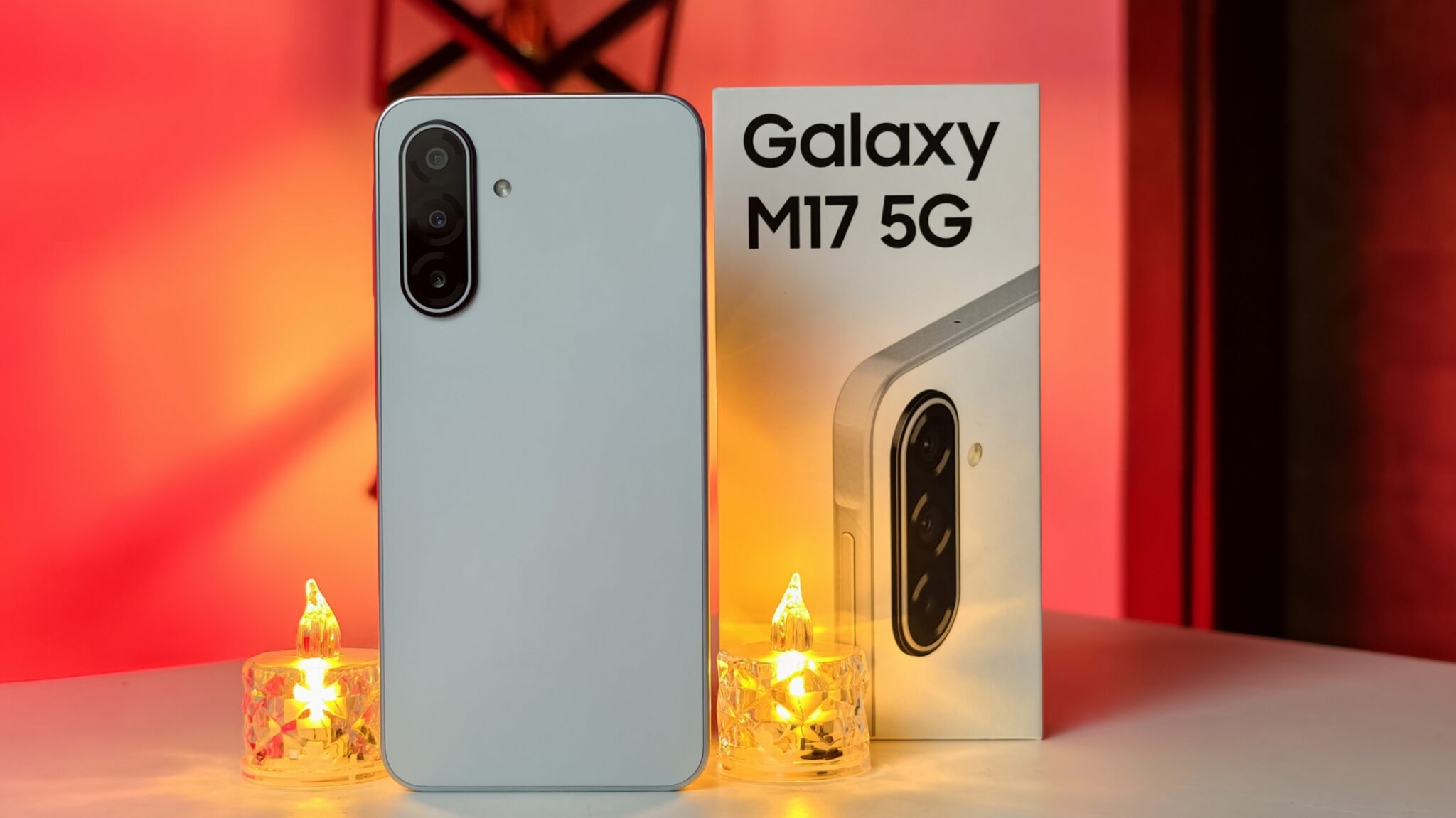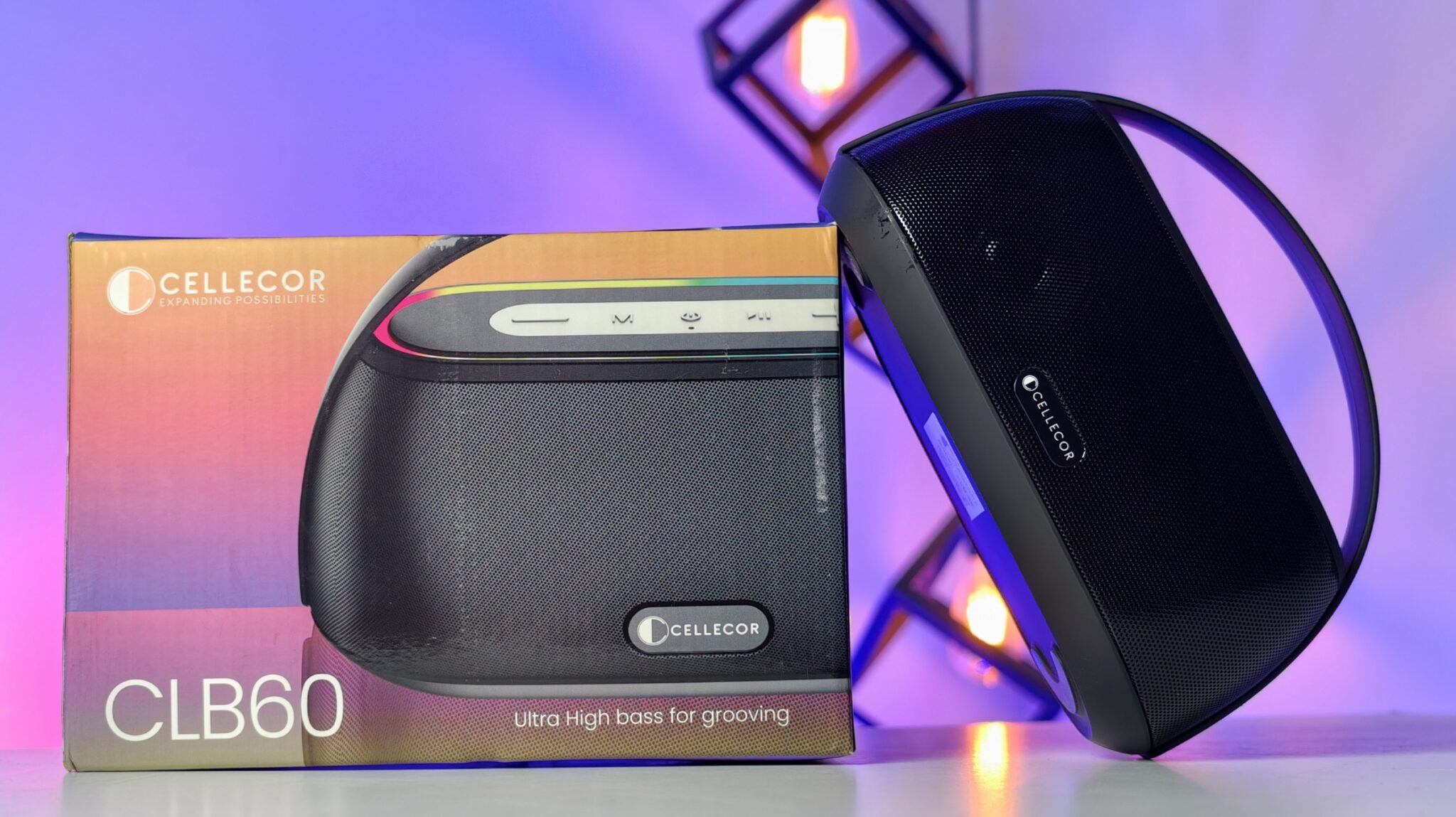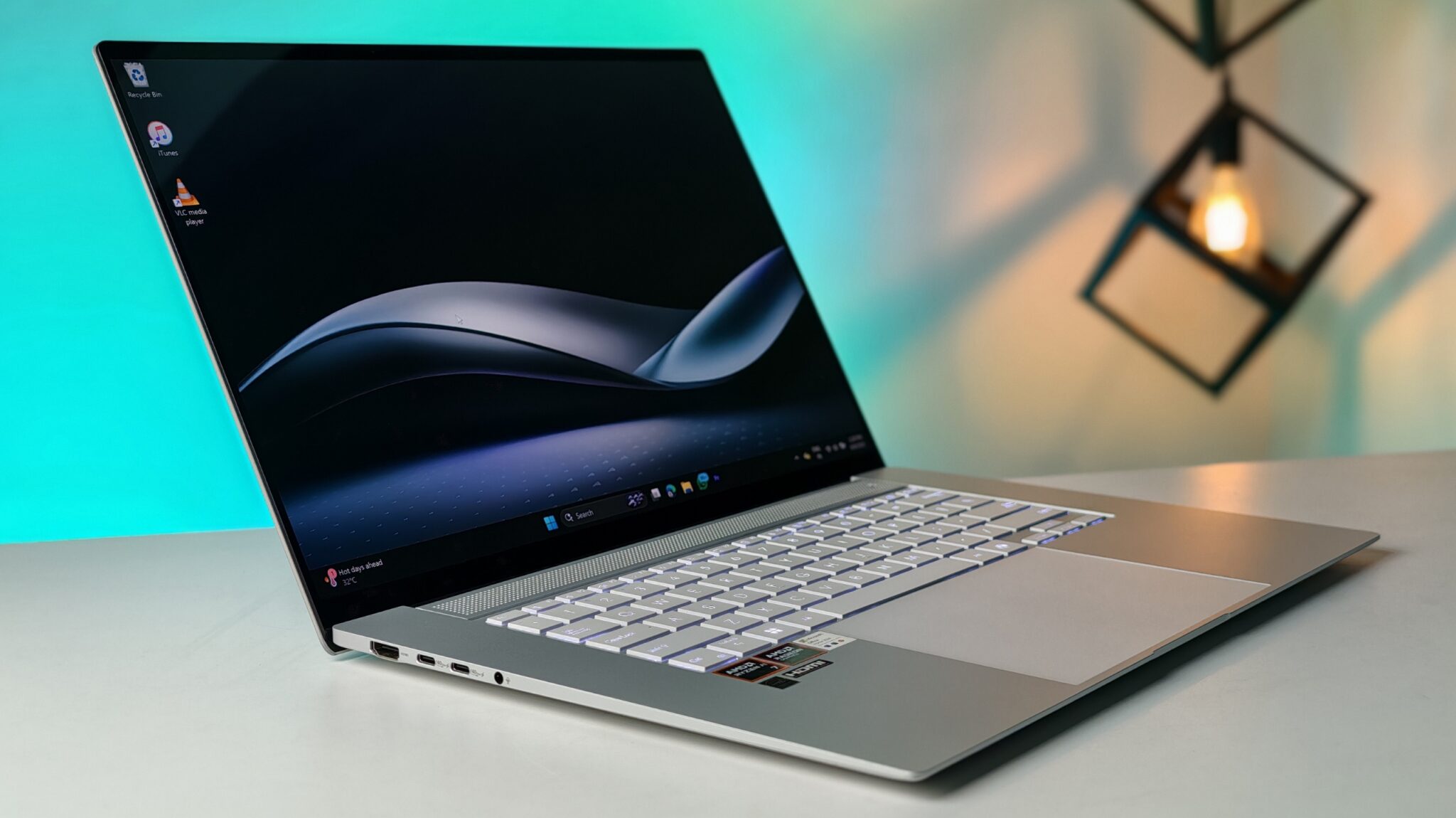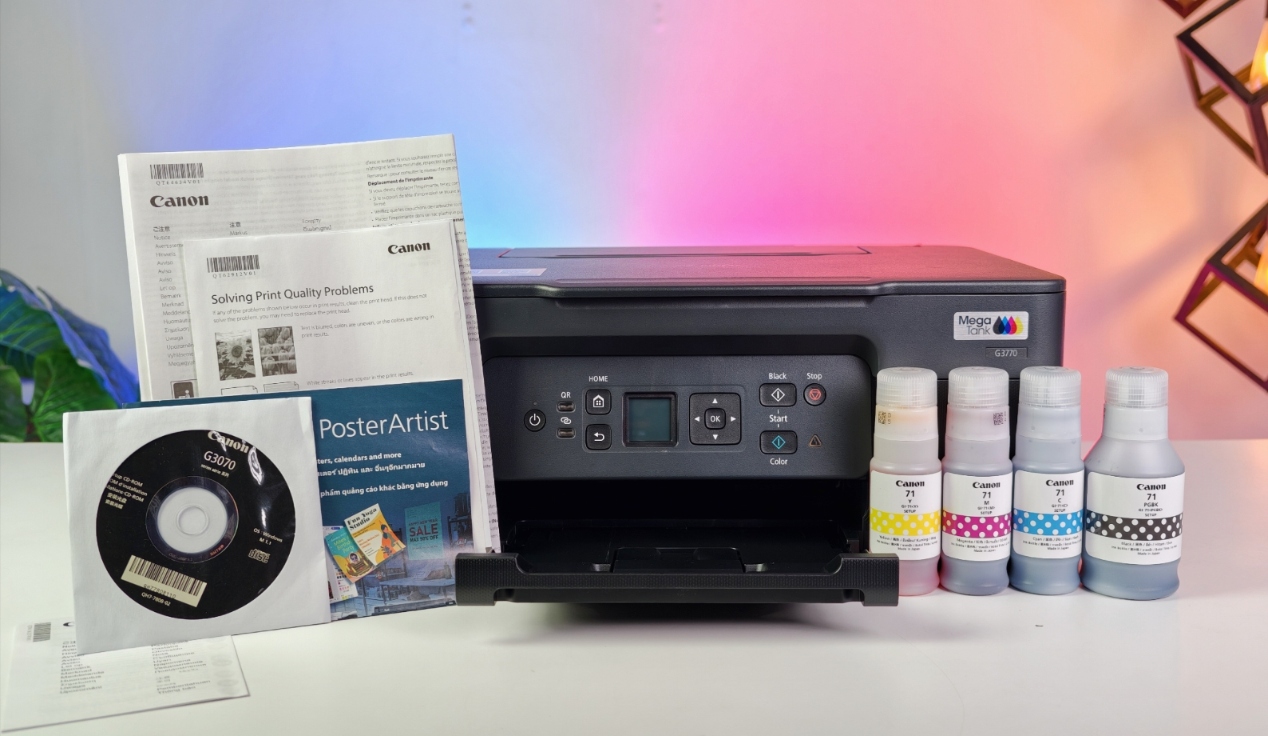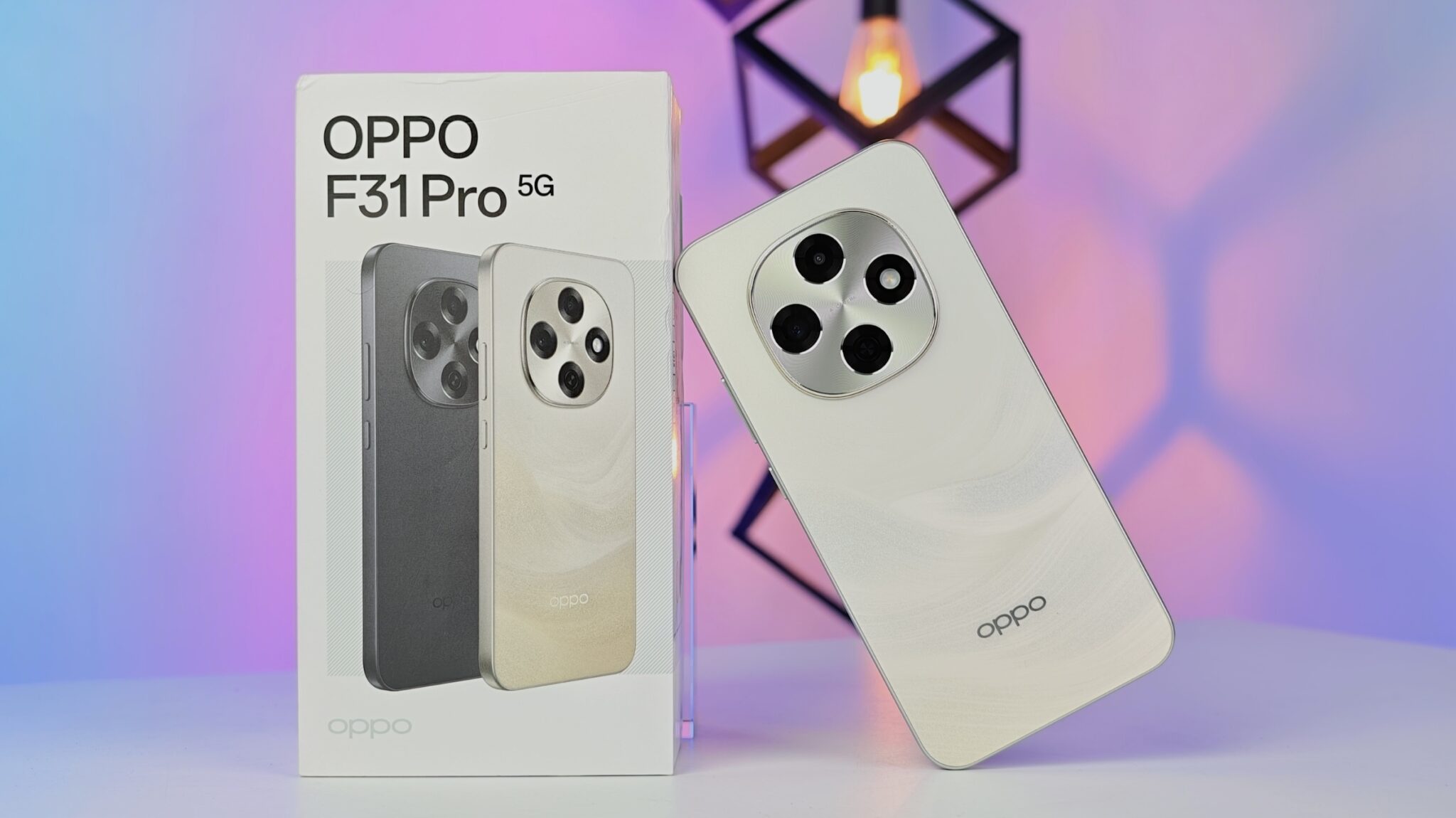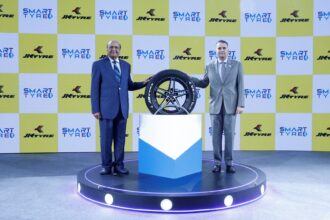OPPO India is gearing up to launch its latest Reno14 Series, blending cutting-edge hardware with an aesthetic that draws heavily from natural design inspirations. With features like an aerospace-grade aluminum frame, a one-piece sculpted glass back, and almost vanishing screen bezels, OPPO seems intent on redefining what premium design can look and feel like. Notably, the Reno14 Pro becomes the first smartphone in India to debut with the MediaTek Dimensity 8450 chipset—a bold move signaling speed, efficiency, and serious performance potential.
- Key Takeaways:
- A New Benchmark in Smartphone Aesthetics
- Form That Fights Back: Sponge Armor Body and Aerospace-Grade Metal
- This structural fortitude is bolstered by serious water and dust resistance:
- Immersive, Bright, and Comfortable: The Reno14 Series Display
- Under the Hood: The Dimensity 8450 Chipset
- About MediaTek and the Dimensity Line
- Rethinking Smartphone Toughness: Beyond Gorilla Glass
Key Takeaways:
- Design & Aesthetics: The Reno14 lineup comes dressed in an iridescent finish, made possible through an intricate twelve-layer coating process. The colors shift beautifully depending on light and angle.
- Durability: Thanks to its Sponge Armor Body and aluminum frame, it’s designed to handle accidental drops better than most.
- Water & Dust Resistance: With IP66, IP68, and IP69 ratings, it’s well-suited for rough, wet, or dusty conditions.
- Display: Expect vibrant OLED panels, minimal bezels, adaptive 120Hz refresh rates, and punchy brightness levels.
- Performance: The Reno14 Pro is powered by MediaTek’s 4nm Dimensity 8450 chip, offering serious gains in efficiency and speed.
- Advanced Materials: The Pearl White model uses OPPO’s Velvet Glass, offering both a premium feel and practical anti-fingerprint benefits.
A New Benchmark in Smartphone Aesthetics
OPPO’s new iridescent finish is far from just a visual gimmick. It involves a twelve-layer coating process, which is well beyond the typical six-layer approach seen in previous Reno generations. Through micron-level precision work (down to 20 microns, reportedly the narrowest light pattern lines in the industry), OPPO achieves a finish that refracts a full spectrum of colors. It shifts through hues of red, orange, gold, even subtle blues and greens depending on how you hold it. The result is a surface that feels dynamic and, frankly, a little hypnotic.
The Pearl White versions step it up with OPPO Velvet Glass. This isn’t a quick surface treatment; it’s the product of a 65-step cold-sculpting process. Each unit spends almost twice the time in engraving and 50% more in polishing compared to traditional finishes. The payoff? A silky matte texture that resists fingerprints and catches light just right.
On the other hand, the Titanium Grey variant uses high-reflective coating layered over a matte base to create contrast and depth. Then there’s the Forest Green Reno14 with its luminous loop around the camera housing—crafted via offset printing and smart light transmittance techniques. It’s these small but thoughtful touches that help OPPO distinguish its design language.
Form That Fights Back: Sponge Armor Body and Aerospace-Grade Metal
Durability has been given just as much attention as looks. The so-called “Sponge Armor Body” is an internal frame modeled after the resilient sea sponge. This isn’t just clever marketing; sea sponges are known for their ability to withstand pressure and disperse force. OPPO borrows that concept here, using a porous internal structure to better absorb shock when the phone is dropped.
That internal design is wrapped in an aerospace-grade aluminum alloy frame—lightweight, incredibly strong, and more than 200% tougher than plastic. It keeps the phone slim too. The Reno14 hits 7.42mm in Pearl White and Forest Green, while the Reno14 Pro is slightly thicker: 7.58mm in Pearl White, 7.48mm in Titanium Grey. It also dissipates heat better, making it particularly useful for mobile gamers and power users.
This structural fortitude is bolstered by serious water and dust resistance:
- IP66: Handles splashes.
- IP68: Can survive immersion in 1.5 meters of freshwater for 30 minutes (though OPPO says it went up to 2 meters in tests).
- IP69: Stands up to high-pressure water jets.
Even the USB port has a platinum coating to prevent corrosion. And with underwater photography mode included (yes, with 4K video support), this isn’t just a spec sheet flex. It feels practically designed for real-world unpredictability.
Immersive, Bright, and Comfortable: The Reno14 Series Display
The Reno14 Series doesn’t just look good; it aims to feel immersive too. The Pro variant comes with a 6.83-inch OLED panel at 1.5K resolution and an impressive 93.6% screen-to-body ratio. The base Reno14 sports a 6.59-inch OLED screen with a 93.4% ratio. Bezels are barely noticeable.
Both models support a 120Hz adaptive refresh rate, 1200 nits of peak brightness, and can even register touch with gloves on. For those glued to screens (most of us, really), there’s 3840Hz PWM dimming and low blue light filtering. HDR10+ support and certifications for Netflix and Amazon Prime HD ensure it’s more than up to the task for streaming and binge-watching.
Under the Hood: The Dimensity 8450 Chipset
Inside the Reno14 Pro beats the heart of MediaTek’s Dimensity 8450—a 4nm powerhouse with an “All Big Core” Cortex-A725 setup. It clocks in at up to 3.25GHz and offers 41% better multi-core performance and 44% improved power efficiency. That’s not a small leap.
It pairs with the Mali-G720 GPU, delivering 24% better graphics and 42% lower power consumption. The 7-core GPU, along with the NPU 880, adds AI enhancements with a 54% boost in AI computing. Support for LPDDR5X RAM and Wi-Fi 6E makes the experience feel snappy, whether you’re editing videos, juggling multiple apps, or running AI-heavy processes.
About MediaTek and the Dimensity Line
MediaTek has been in the game for decades, and while Qualcomm often dominates the spotlight, MediaTek has steadily carved out a strong presence. The Dimensity line focuses on integrating 5G, AI processing, and performance efficiency into one neat, compact chip.
The Dimensity 8450, as seen here, straddles the mid-to-high-end tier. Its 4nm architecture signals a drive toward better thermal performance and energy savings. The All Big Core approach means every core is ready to perform, ideal for users who don’t want to compromise when switching between light tasks and demanding ones.
Rethinking Smartphone Toughness: Beyond Gorilla Glass
Gorilla Glass has long been a staple in smartphone protection. But there’s been a shift. With phones getting slimmer and more powerful, manufacturers like OPPO are looking at holistic solutions. The Sponge Armor approach is one such shift—distributing impact force across internal structures instead of relying solely on external glass or metal.
Frames are now being reinforced with aerospace-grade materials. Water resistance ratings have evolved too. Where IPX4 once sufficed, we now expect IP68 or even IP69 as standard in flagship models.
This all-round durability approach marks a meaningful evolution: phones that aren’t just pretty, but can actually survive real-life use. Think sweaty workouts, poolside calls, accidental drops—the Reno14 Series is built with all that in mind.
FAQs
Q1: What’s the main difference between the Reno14 and Reno14 Pro?
A1: The big differentiator is the chip. The Pro model features the new MediaTek Dimensity 8450. It also has a slightly larger display and different design details, like the luminous loop on the Forest Green Reno14.
Q2: Why does the MediaTek Dimensity 8450 matter?
A2: It’s a flagship-level processor with a 4nm build and All Big Core setup. It’s efficient, powerful, and the first of its kind to debut in India with the Reno14 Pro.
Q3: How tough is the Reno14 Series?
A3: Pretty tough. Between the Sponge Armor internal design, aerospace-grade metal frame, and IP66/IP68/IP69 ratings, it’s built to handle more than just light wear and tear.
Q4: What is OPPO Velvet Glass?
A4: A premium back panel material used on the Pearl White variants, crafted via a detailed 65-step process. It’s anti-fingerprint and has a soft, matte feel.
Q5: What kind of display does the Reno14 Series use?
A5: OLED screens with high screen-to-body ratios, 120Hz adaptive refresh, 1200 nits brightness, HDR10+ support, and even glove-touch compatibility.
Q6: Can you take it underwater?
A6: Yes. With its IP68/IP69 ratings and underwater photography mode, it’s built for casual aquatic adventures.
Q7: What’s special about the “Sponge Armor Body”?
A7: It mimics the sea sponge’s shock-absorbing qualities to help protect the phone’s internal components from damage during accidental drops.


